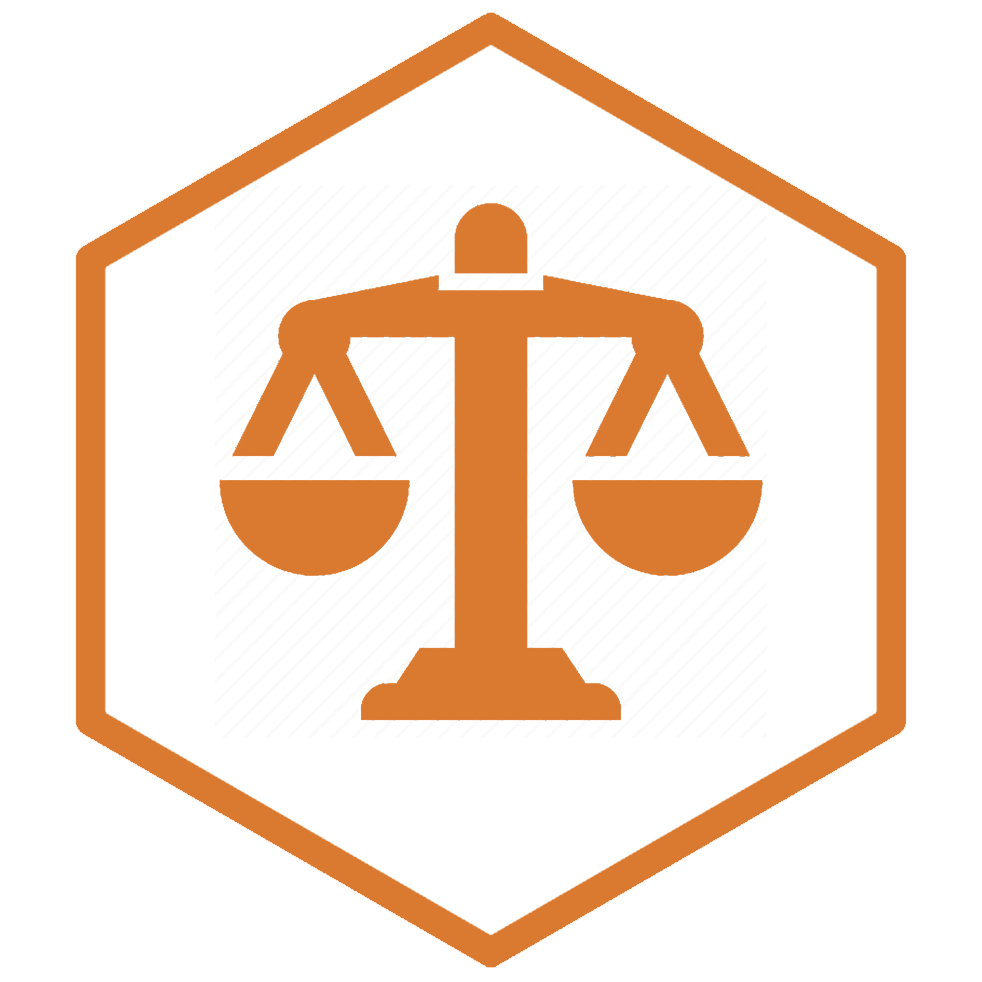In 2024, digital accessibility is no longer just an option, it’s a necessity. Accessibility isn’t a trend or a ‘nice to have feature’. The digital world is pivotal in society and organisations have an ethical duty and a legal requirement to make their platforms accessible.
Here are 5 reasons why prioritising digital accessibility will help your organisation and its online audience.
1. Demonstrating your commitment to being inclusive

Digital barriers affect billions of people each day online. By removing these obstacles, you’ll be providing your website visitors with an equal online experience. This will empower users with disabilities to independently access the information, resources, and services they have a human right to.
An organisation’s integrity goes a long way. It isn’t just people with disabilities who may not use your website if it is found to be inaccessible. Many millennials have high expectations for organisations to take a stand on social values. This may mean they’ll walk away from those who aren’t inclusive.
By demonstrating you are committed to being accessible, you’ll have a heightened reputation and your brand and customer loyalty will be positively impacted in return.
2. Avoiding costly lawsuits

Organisations all have a responsibility to provide accessible websites. In the UK, private sector businesses need to make reasonable adjustments to meet with the Equality Act of 2010. Whilst public sector organisations have legal obligations to comply with government standards.
Website accessibility lawsuits are rising exponentially. Even some of the largest brands in the world are still inaccessible, and many have faced hefty fines due to it.
Compliance is measured against a set of standards named Web Content Accessibility Guidelines (WCAG). If you aren’t meeting these guidelines, you could also find yourself with a costly lawsuit on your hands, and rightly so.
3. Enhancing the user experience for all

Accessibility isn’t a one-size fits all solution, as everyone has different online needs. Some people rely on assistive technology, such as screen readers to use a website, whilst others may use a keyboard to navigate a platform. But creating an accessible website or app goes further than only this.
It isn’t just people with disabilities that need your website to be inclusive:
- With people now using varying browsers and devices with different screen sizes, platforms need to be responsive.
- Over time, we may lose dexterity or our vision and hearing could fade, leaving us with the need for additional adjustments.
- Someone may suffer an accident, meaning they will rely on different means than they normally would to interact with a platform.
- Even something as simple as being in a crowded place, may lead someone to require captions on videos to enable them to access the content.
The list goes on. But, fundamentally, the way that content is written and structured, and how websites are designed, make a big difference for your website visitors. So, the good news is that by making simple changes online, actually gives greater ease of use and enhances the user experience for everyone.
4. Future-proofing your website

The need for accessibility isn’t going to go away. In fact, overtime rules will most likely become stricter for organisations to adhere to. If websites are designed or updated without accessibility at its core, you’ll be left behind.
It’s important not to do things half-cocked, like slapping an accessibility overlay onto your platform. Accessibility toolbars are not accessible solutions and don’t actually support the people they are meant to. Worse, they’ll even end up costing you more over time than investing in a properly built, accessible website, which will benefit you and your clients for many years to come.
5. Gaining a greater reach and increasing sales

Accessibility also brings the added bonus of improving your Search Engine Optimisation (SEO).
Implementing inclusive adjustments, such as alt text or using descriptive headings and links, enhances your search engine exposure. In turn, this will expand your reach, generate more web traffic, and increase sales. What’s not to like about that?
How HeX can support you to become digitally inclusive
If you are ready to start prioritising digital accessibility but aren’t sure where to start, we advise beginning with these two next steps:
- Take a free website accessibility check to assess how accessible your platform is.
- Upskill your organisation with accessibility training and learn how to create accessible content.
Then, soon, you and your online audience will be reaping the rewards of being inclusive for all.
